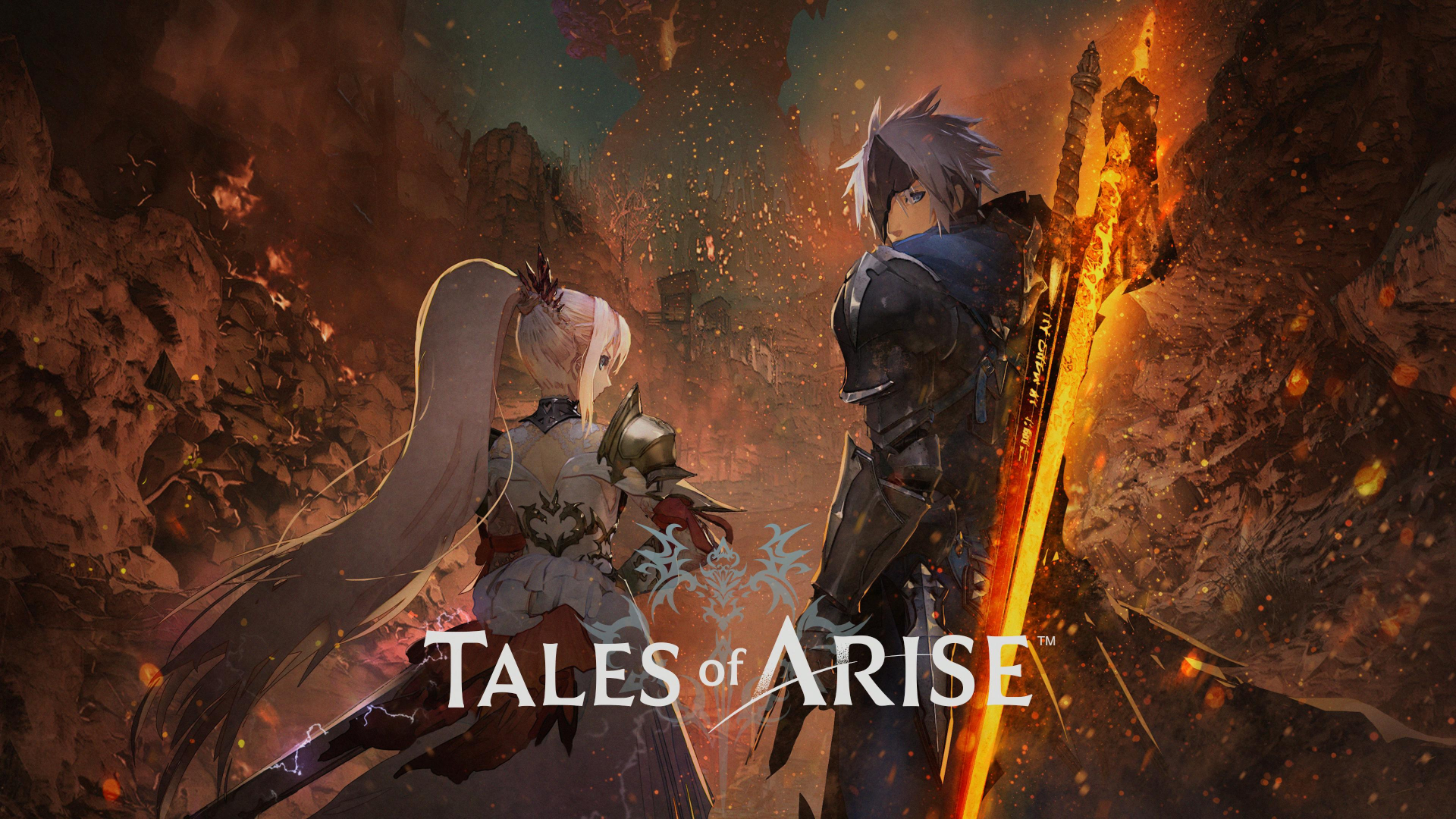Developed By: Bandai Namco Studios
Published By: Bandai Namco Entertainment
Platforms: PlayStation 4 & 5, Xbox One & Series X/S, & PC
Reviewed On: PS5
The Tales series has been around for several years spanning seventeen main titles, multiple spin-off games and also crossing over into anime and even manga. It might not have achieved mainstream appeal worldwide on the level of the Final Fantasy series but is generally considered to be one of the biggest JRPG series in Japan. Tales of Arise is the latest in the series and was due to release last year but was pushed forward due to development issues and wanting to release on more platforms especially with the new PlayStation and Xbox hardware just on the horizon.
Thanks to the generous folks over at Bandai Namco Entertainment, we were fortunate to receive a review code. Even before the review embargo lifted, internally there were a few members of our team that were really anticipating Tales of Arise due to how solid the demo experience was for them. I was not one of them. I did try out the demo and although I did find the graphic style to be gorgeous and the combat to be satisfying, I had my reservations about the final product. Then review scores hit and seeing all the 9’s and 10s and somehow it felt like Deja Vu to me. I had been hungry for a really satisfying JRPG experience for quite a long while now and was quite disappointed with how Scarlett Nexus turned out. It had a very interesting premise but fell far from the scores that it had been earning (just a personal opinion). Thankfully, even though Tales of Arise is not a perfect game it does a lot of things right and at the end of my almost 50-hour playthrough I could happily put down my controller feeling satisfied for the most part once the credits rolled.
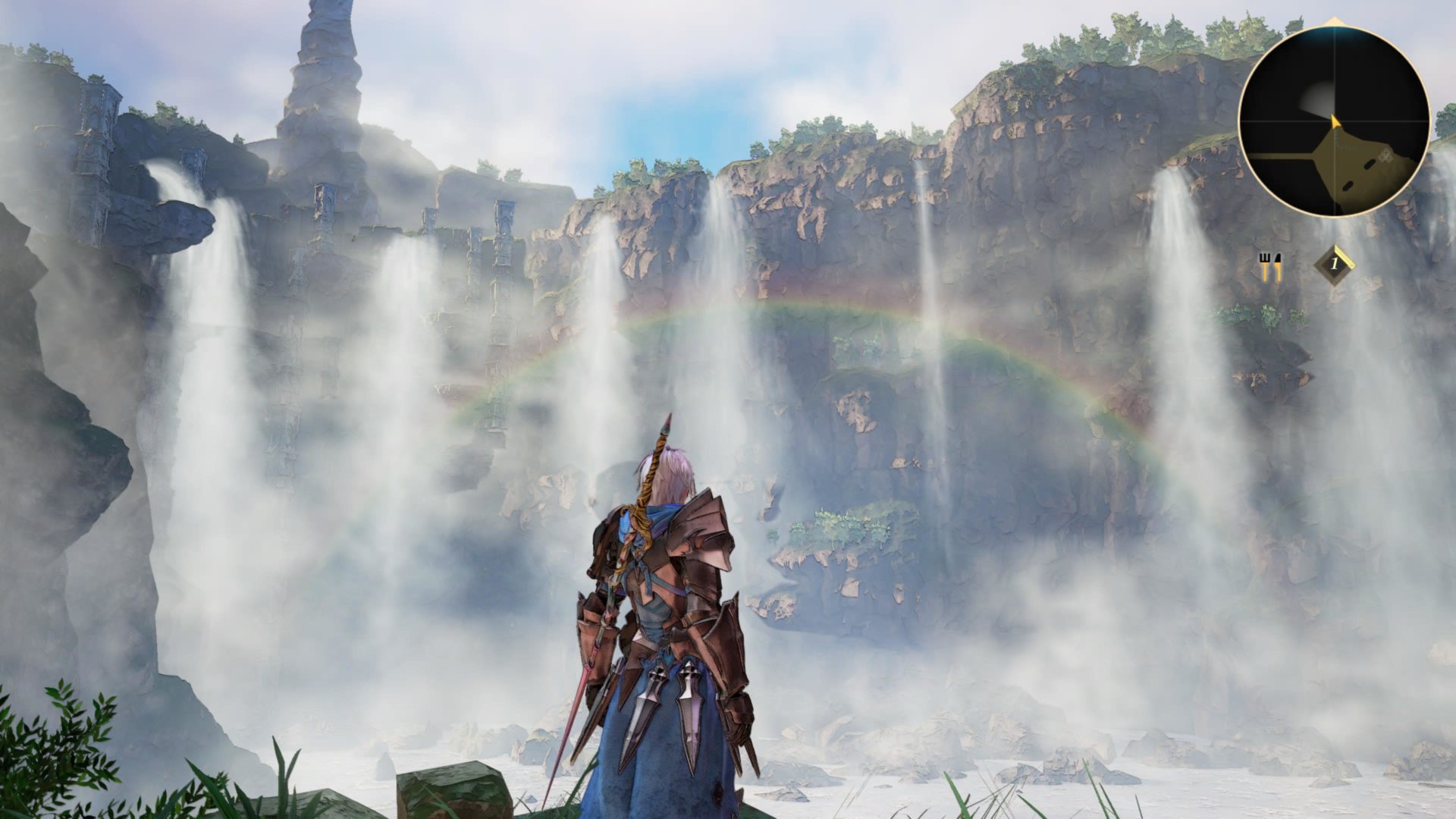
Harmony and Coexistence
Tales of Arise tells an epic fantasy tale of the twin worlds Rena and Dahna and the divide that separates them. 300 years before the start of the game Dahna was invaded and subjugated by Rena, the technologically superior race. Dahna was then split into five main regions with each region under the control of a Renan lord. The reason for the split was because of a Crown Contest held by the Renans every seven years with the lords fighting for the right to be the next Sovereign ruling over both Rena and Dahna by extracting and accumulating the most Astral Energy in that time frame. The poor souls responsible for extracting the Astral energy are none other than the remaining Dahnans. The story starts with a Dahnan slave, locked in an iron mask not remembering who he was finding the courage to save a random Renan stranger starting an epic adventure that spans all five realms.
If that sounded like it might be another JRPG that tries too hard to tell a convoluted high fantasy tale thankfully it doesn’t quite descend into those tropes. The major reason why is because (at least for me) the first 30 or so hours set in the five realms are almost perfectly paced. The main narrative starts with a simple tale of slavery and the fight for freedom against oppressive forces but then slowly expands into themes dealing with racism, classism, individuality, family, community and more. I really appreciated how while moving towards the goal of defeating the five realm lords and freeing Dahna from oppression that each realm’s theme and tale opened another layer in the conversation of how complicated things really are.
What makes the journey investing and compelling as well is how well written the main cast of characters are. Each character has their moment to shine with their initial introduction just being memorable enough and character developments through conversations really leaving a lasting impression with how well the whole group comes together. I liked how each character has story arcs that last throughout the entire tale instead of one and done ones. However, being a JRPG there are some typical JRPG tropes that manifest themselves here as well. Shionne being tsundere just goes on for way too long and some character moments just feel weirdly out of place just to satisfy typical tropes as well but luckily, they are few and far in between. My favourite character has to be Kisara due to her earnest mothering with Dolhalim coming a close second, but the rest of the group is still great.
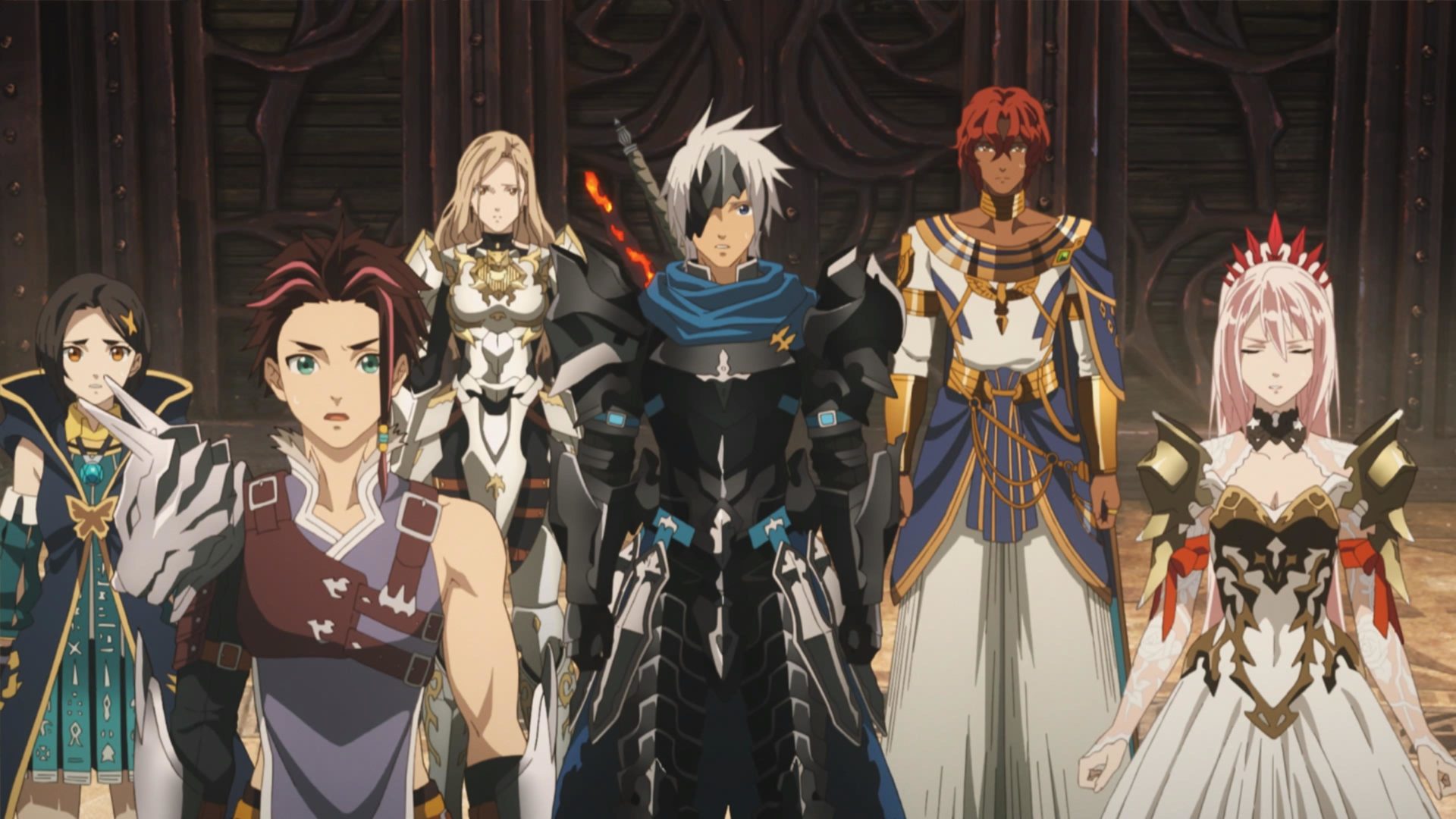
As the game has been out for quite a while now, I would like to talk about certain story beats so for those of you who want to avoid spoilers feel free to skip until the next picture. I won’t spoil much as I do think it’s necessary to talk about pacing due to how it was a trying experience at a certain point in the story.
Earlier on I mentioned that the first 30 hours was nicely paced. This was because this section of the journey was focused primarily on defeating the five lords and freeing Dahna from the Renan’s oppression. Each realm didn’t overstay its welcome and introduced new characters, the lords and side characters effortlessly. I mean of course the hero defeating the villain story is a tale told many times over but there was enough variation when confronting each of the realm’s issues and lords. However, the pacing of the game takes a huge nosedive almost immediately after defeating the fifth realm lord and in my opinion doesn’t let up until the final confrontation.
After defeating the firth realm lord, the story goes interplanetary to start unravelling the mystery of the main characters Alphen and Shionne and their roles in the whole Renan-Dahnan conflict. To clarify, I really enjoyed the story until the end and whatever revelations were done nicely. What I had a problem with was how they decided to tell it during those last 10-12 hours because it was an annoyingly lengthy exposition dump that just didn’t know when to let up. It was bad enough that most of the time the player would walk a few steps and a cutscene would ensue but then it followed up with idle chatter about the same thing and then followed it up with the R1 prompted conversations RELAYING THE SAME EXACT INFORMATION just from each group members thought process then walk some more and the cycle would just keep going. It was relentless. I spent almost around 3-4 hours just navigating conversations starting from Lenegis onwards which easily could have been condensed in less than half the time. It’s strange how it reminded me of Mass Effect in how epic and weighty the information was but at least in that game it was paced accordingly. Here it felt like a totally different team who didn’t understand pacing designed the Lenegis and Rena sections and decided to just artificially pad the length of these sections to make the game longer. Another JRPG trend that I hate is how the developers try to be clever by letting you go through dungeons only to flip it for you to re-experience it reversely. That in a nutshell was the final dungeon.
It felt so jarring to me because it was like whatever goodwill they built up with me as a player before was almost wiped out by how poorly executed the Lenegis and Rena sections were. It is such a huge misfire that they carefully threaded the line with the message on racism and classism throughout the game, but it never really felt heavy-handed at least to me. I saw and appreciated what they were trying to go for in its earnestness which honestly echoes almost all too well with real life but then when the exposition dump just kept going it really started to be preachy and that is ironic. That is because part of the message also was how life is a balancing act where there will always be differences but to always keep an open mind to understand the nuances of how complicated situations can be and yet here the game was just bashing me over and over again with that very same message.
I feel it was only due to how enjoyable my experience was before that when the credits were rolling, I still felt glad to see how it all played out, but good lord did the game almost shit the bed.
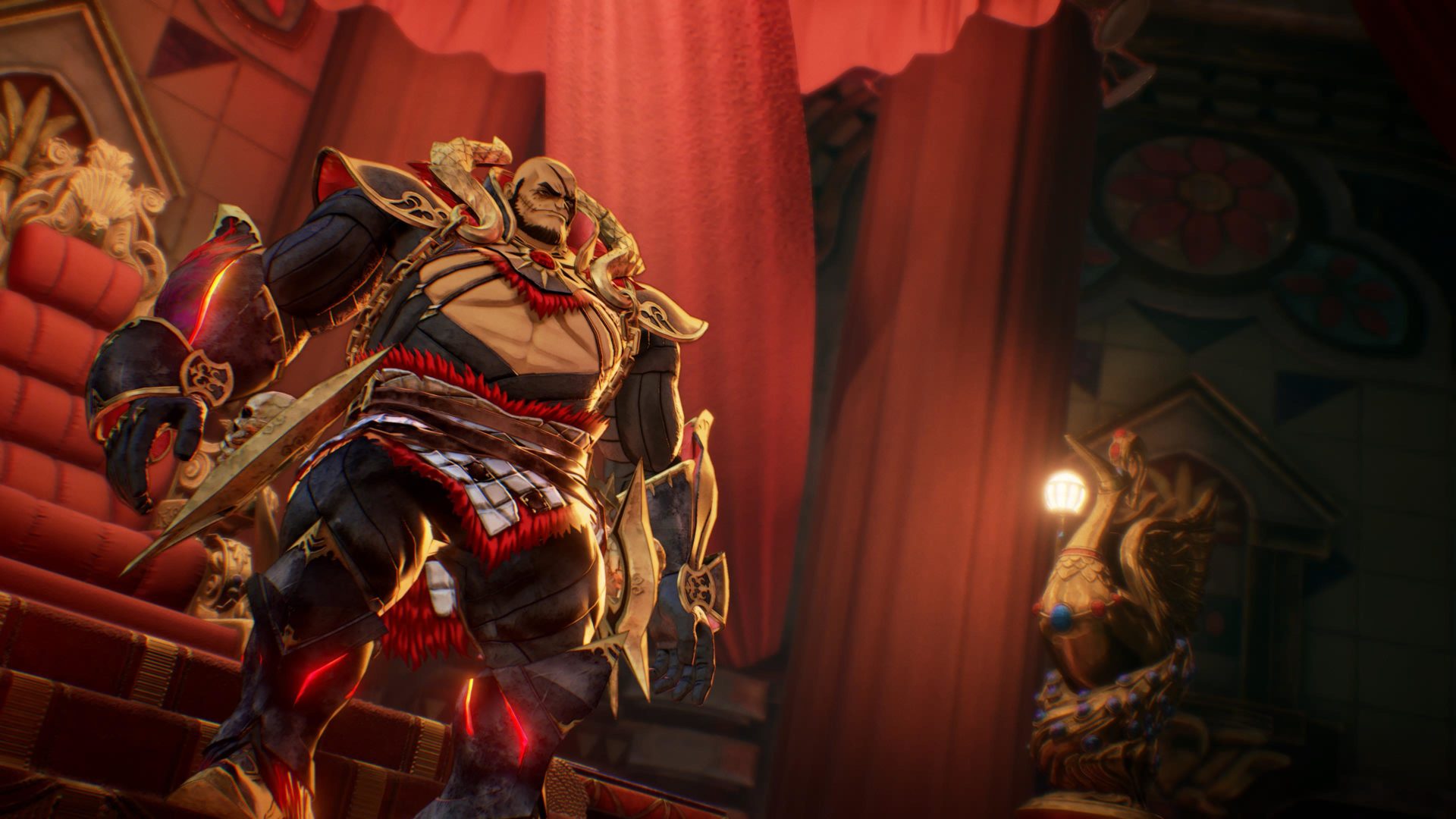
My Eyes Alight For Sights Unseen
Tales of Arise has two graphical options which is the standard quality and performance modes. I started out with quality mode and ended up playing with performance mode until the end of the game. I think resolution wise I didn’t really lose much detail or at least not that noticeable to me, but the framerate just couldn’t hold in quality mode. Weirdly enough in cutscenes, it would have these micro stutters and frame drops. Performance mode though looked and played great.
I think one of the clever things about Tales of Arise was how the developers have managed to elevate what essentially is very simple character models that have that last-gen feel to them and environments with the painting aesthetic. It genuinely is very beautiful to run around in with beautiful landscapes and lush environments. The lighting was another aspect that I was impressed with. The art direction for each realm feels varied culturally but not wildly out of place just to differentiate between Renan cultures and obvious thought going into it. When it comes to the soundtrack as well, the music is really one of the best soundtracks in an RPG. It feels so epic and fitting with the journey the group goes on truly encapsulates the soul of the tale.
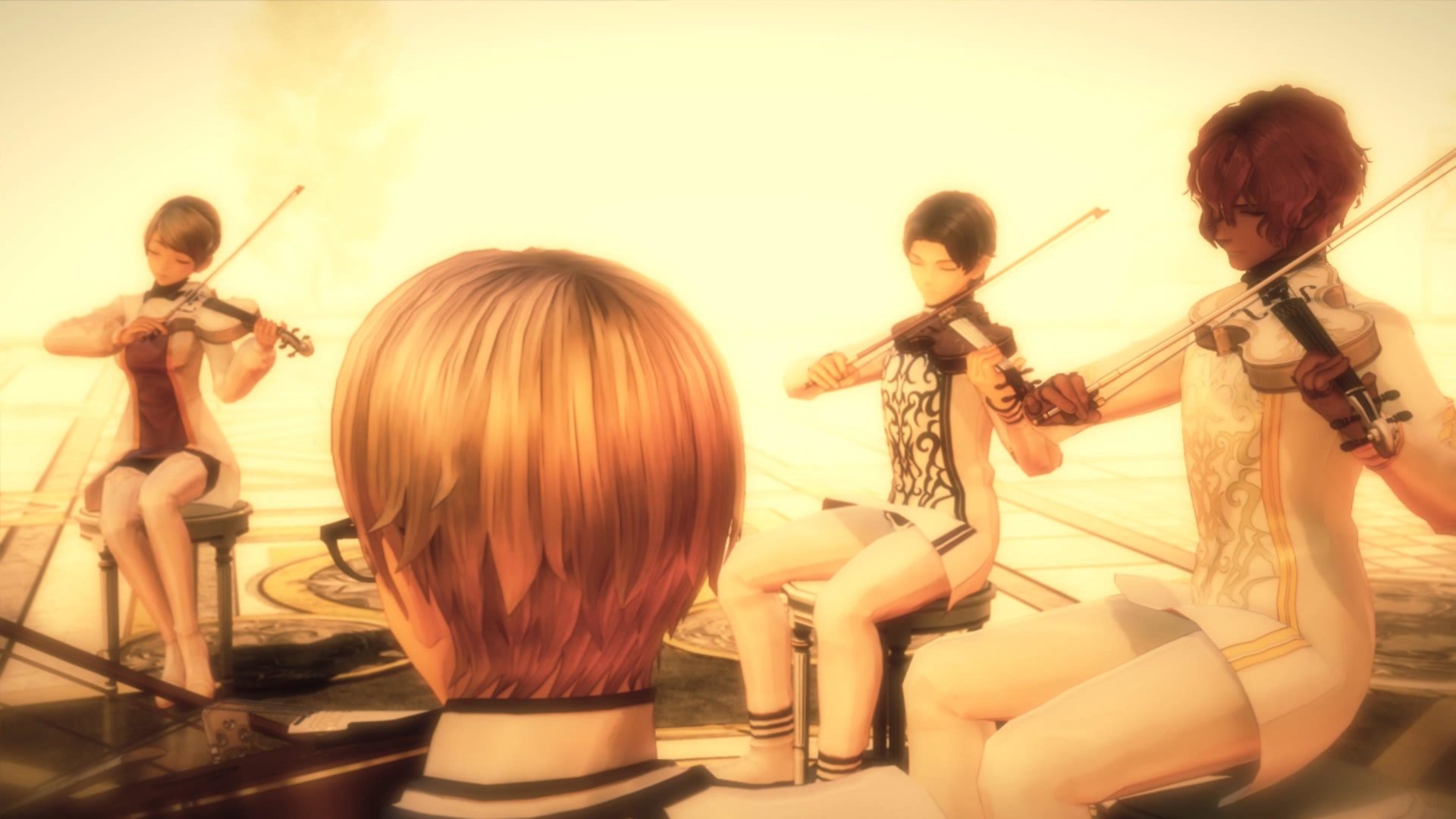
I did have some gripes though and the first one I would like to get into is the enemy variety seems strangely repetitive. There are several enemy varieties but even until the final dungeon the enemies are just simply a stronger version of something you have fought since the beginning of the game. I try to rationalize it as being the zuegles (enemy fauna) are explained as being manufactured in the game but still it really can just grow stale after the 100th time fighting the same wolves who evolve with longer hair, size, and colour scheme.
Another gripe I have, and this might just be a ridiculous one is as epic as the music sounds it might be too epic all the time. I actually didn’t really notice it until my wife asked me why does it sound like Lord of the Rings all the time and that’s when it hit me that regardless of dungeons or just in the overworld it really is all of the time.
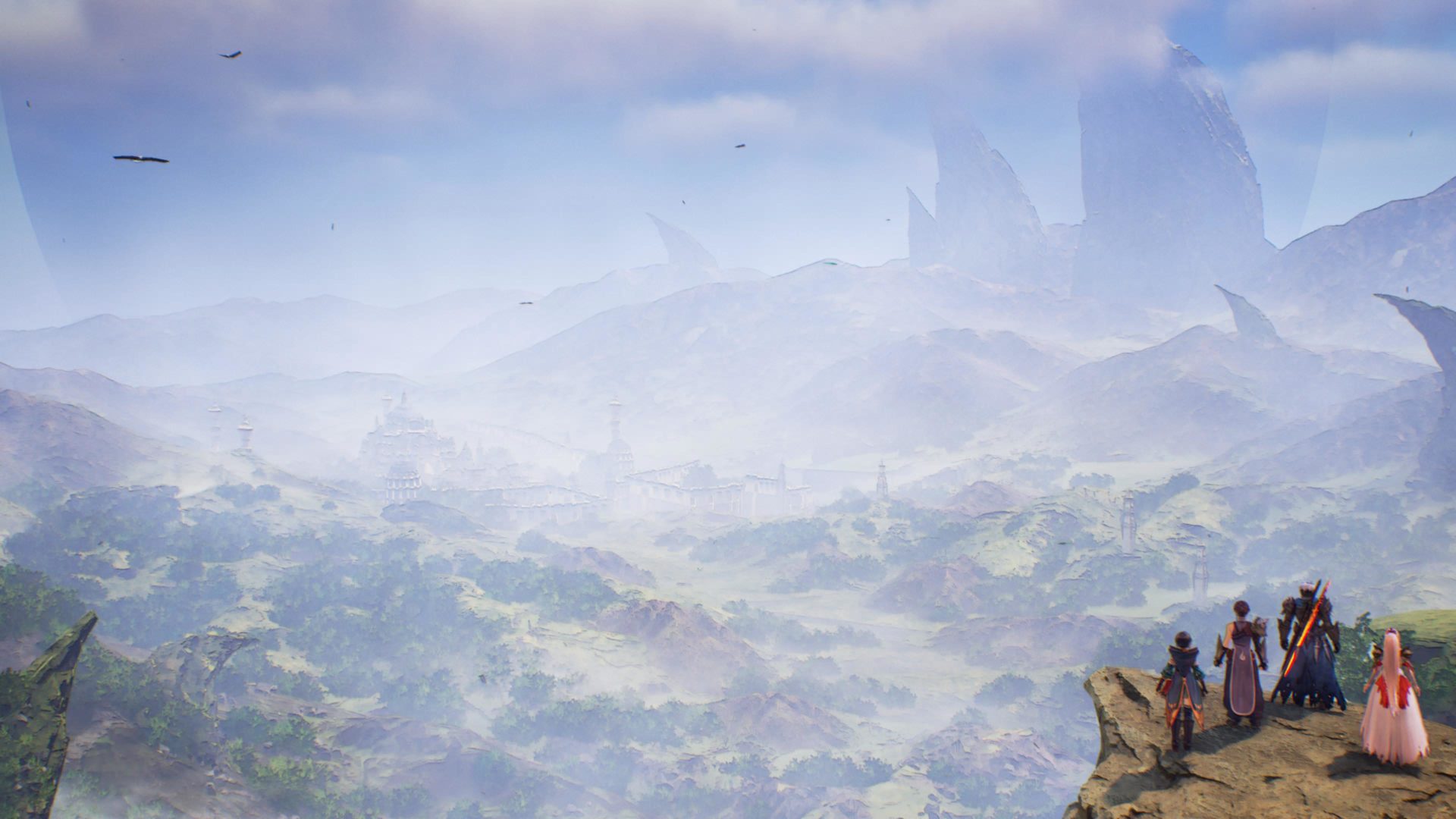
Vaya Con Dahna
The gameplay in Tales of Arise is also one of the more enjoyable ones in a JRPG. Every battle plays out with a team of four in a battle arena with a heavy focus on action RPG elements. You have your standard attacks, dodge, jump buttons but magic/skill moves in this game are combined into what is known as Artes. Each character has a board of unlockable emblems with each emblem unlocking a new Artes or enhancing existing passives. Three Artes can be assigned to the default triangle, square or x button for quick casting and later another three on alternate controls. The emblems themselves are unlocked by just playing the game and completing various side quests and activities.
There are also the boost moves which are flashy team attack moves where two or more team members combine attacks when prompted. These are built up by maintaining the combo meter until the prompt fills out for players to execute. Each character has their own playstyle with Alphen being the warrior swordsman, Law the hand-to-hand specialist, Shionne the ranged healer, Rinwell the mage, Kisara the guardian, and lastly Dolhalim the elemental caster. Even though players can only use one active character at a time but during battles you can switch to any other character you wish to take control of. The battles are fast, frantic, and exciting but what I really liked the most was the level of control the game affords you when it comes to battles.
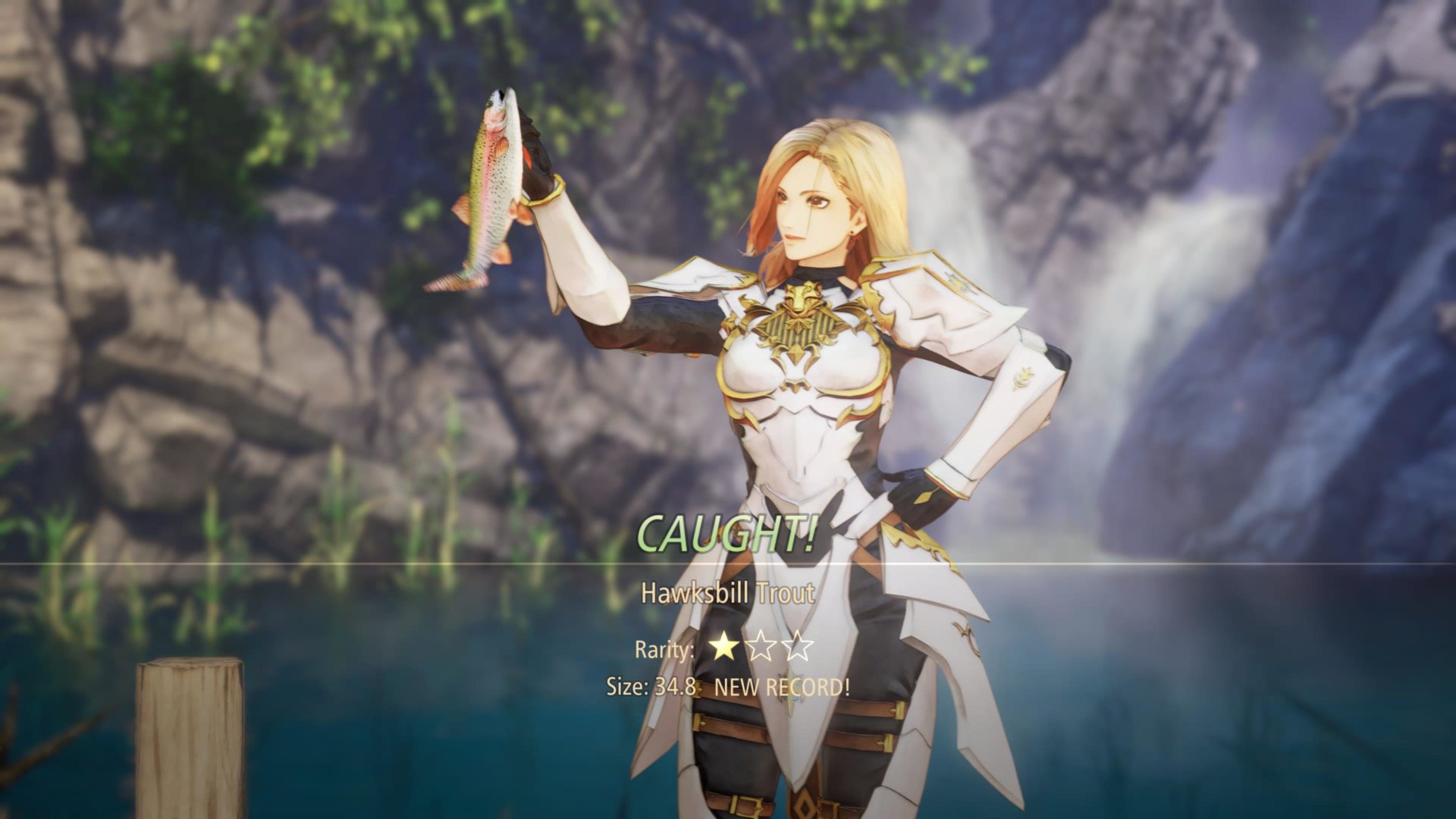
There are three modes which are manual, semi-auto, and auto which determines how much automation goes into the battles. I went most of my playthrough on auto because I found that if the game can play and chain combos better than me then ultimately isn’t that better? Not that I didn’t miss the occasional button mashing but it just felt way more efficient. Plus, the auto mode doesn’t automate everything. Boost mode is still manually triggered and even positions can be adjusted on the fly and not to mention using items at critical moments. I played the game on normal and there were a lot of close calls that I managed to head off.
When it comes to side quests and activities for the most part it is mostly the typical “go there collect/kill that, come back” loop but at least the game tries to make it easier for the player. There are loads of fast travel points littered about and the map also convenient shows you where there are quests to be picked up from. So, players can just quickly get them over with minimal time-wasting. I really appreciated this. However, in another weird design oversight, the game also neglects to inform the player of which activity is supposed to be done at a higher level or not and most times it’s just a trial-and-error thing of just diving headfirst and getting wiped out to keep track of. Other activities seem very surface level like the ranching and fishing ones but at least the owl collecting one was quite entertaining with a satisfying payoff.
Most of the late-game battles feel like just a battle of endurance with enemies having a ton of health and this brings me to a point that I feel I should address. I think it has been well known by now that the Deluxe and Ultimate editions of Tales of Arise include bonuses that actively (with money and equipment) and passively (bonuses that give discounts, more exp & cp) make the playthrough much more comfortable. Strangely enough, I felt that with all the bonuses the game just felt normal. I didn’t feel like I had an unfair advantage, but I did notice a colleague of mine was grinding a bit and realize especially in the late game how the grind feels necessary. I had all the bonuses and thought it was just manageable, but I really feel the game was intentionally designed to push players to want those bonuses to have a more comfortable playthrough.
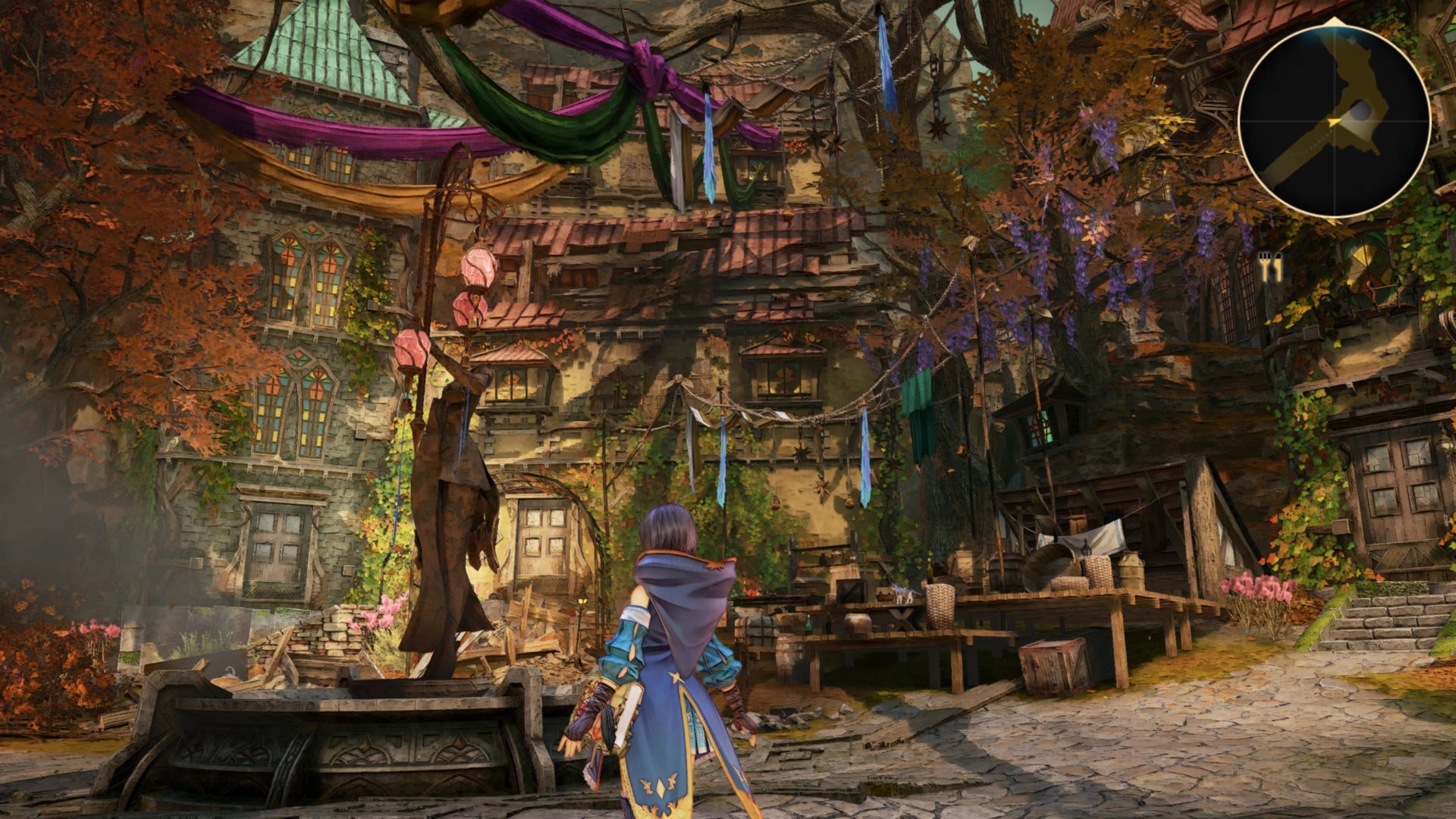
What I Liked
- Story – I thought it was a well-told story but laid it on too thick when it should have been going in for a smooth landing in the end.
- Gameplay – fights are really fun and frantic, and I just really enjoyed the experience. The highlight would be the characters calling out their moves like “Hurricane Thrust” only for my wife to mistakenly hear “Hurricane Butt”. From then on, that move will now always be Hurricane Butt.
- Characters – I absolutely adore the main cast. I have heard it isn’t the best one in the Tales series, but I really enjoyed them here.
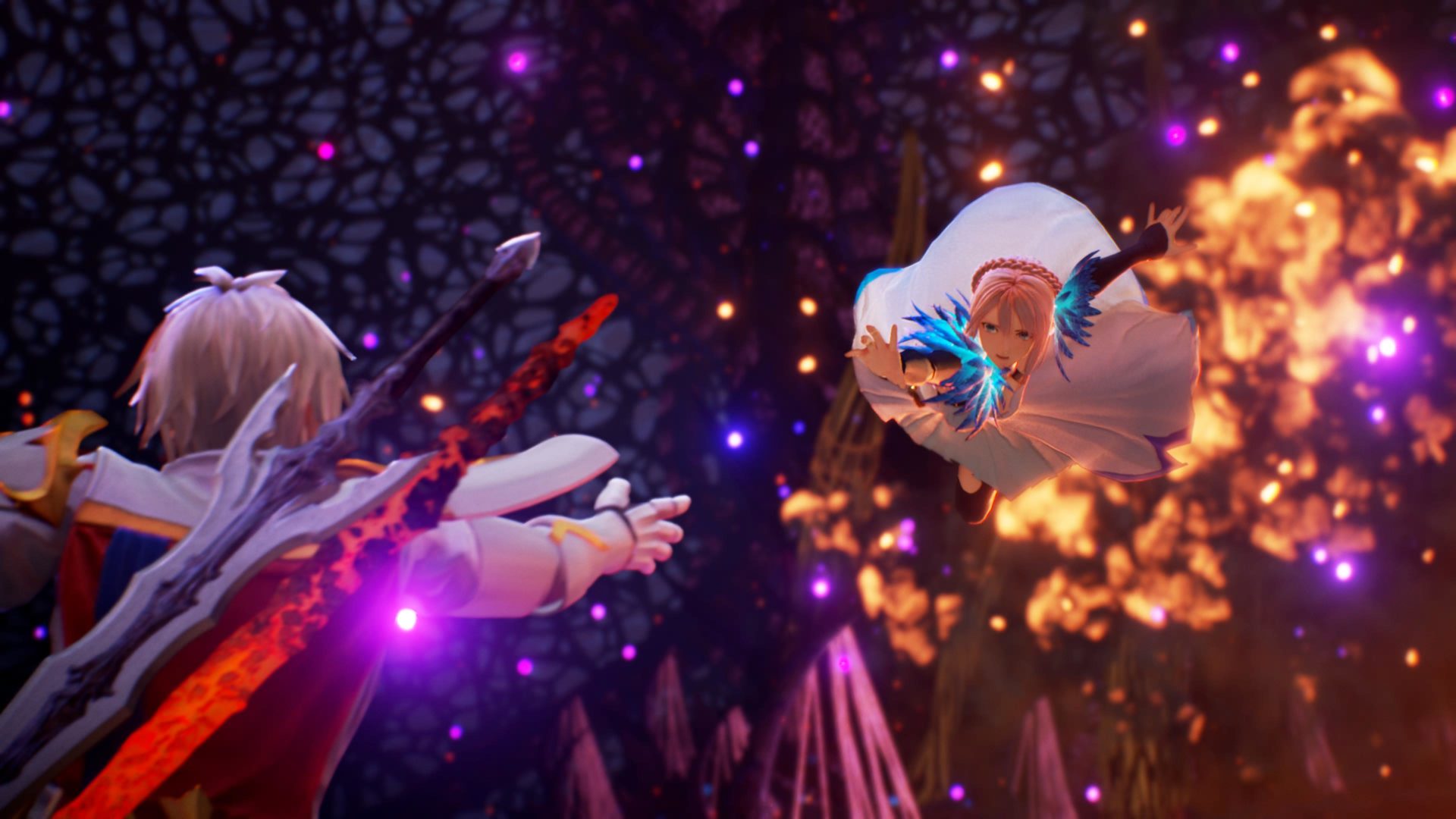
What I Wished Was Better
- Soundtrack – Music is appropriately epic, but I did wish for more ebb and flow with gentle pieces complimenting the more epic scores.
- Sidequests & Level Scaling – Quite baffling how there isn’t a simple quest level identifier for ease of players to plan. Would also be nice to have more developed quests but it served its purpose I guess.
- Pacing – I honestly don’t understand why the pacing took such a huge shift in a bad way. I get what they were trying to do but it really did not turn out how they expected it to.
- Item Drops & Limits – It really feels quite stingy as if the game wants me to mix and match with ores to make good accessories then make it rain with the ores. Also, why is there a limit on items? Let me hold 99 of them not 15.
- Boost Prompts & Battle Bonuses – The boost prompts can disappear really too quickly even on the build-up and the battle bonus is a novel idea, but it shouldn’t disappear on a max level completely after running out.
- EXP Gain – I never felt like I hit the motherload. It’s always just a slow creep and I only ever feel powerful when I go back to earlier starting areas and bulldoze insignificant overworld enemies.
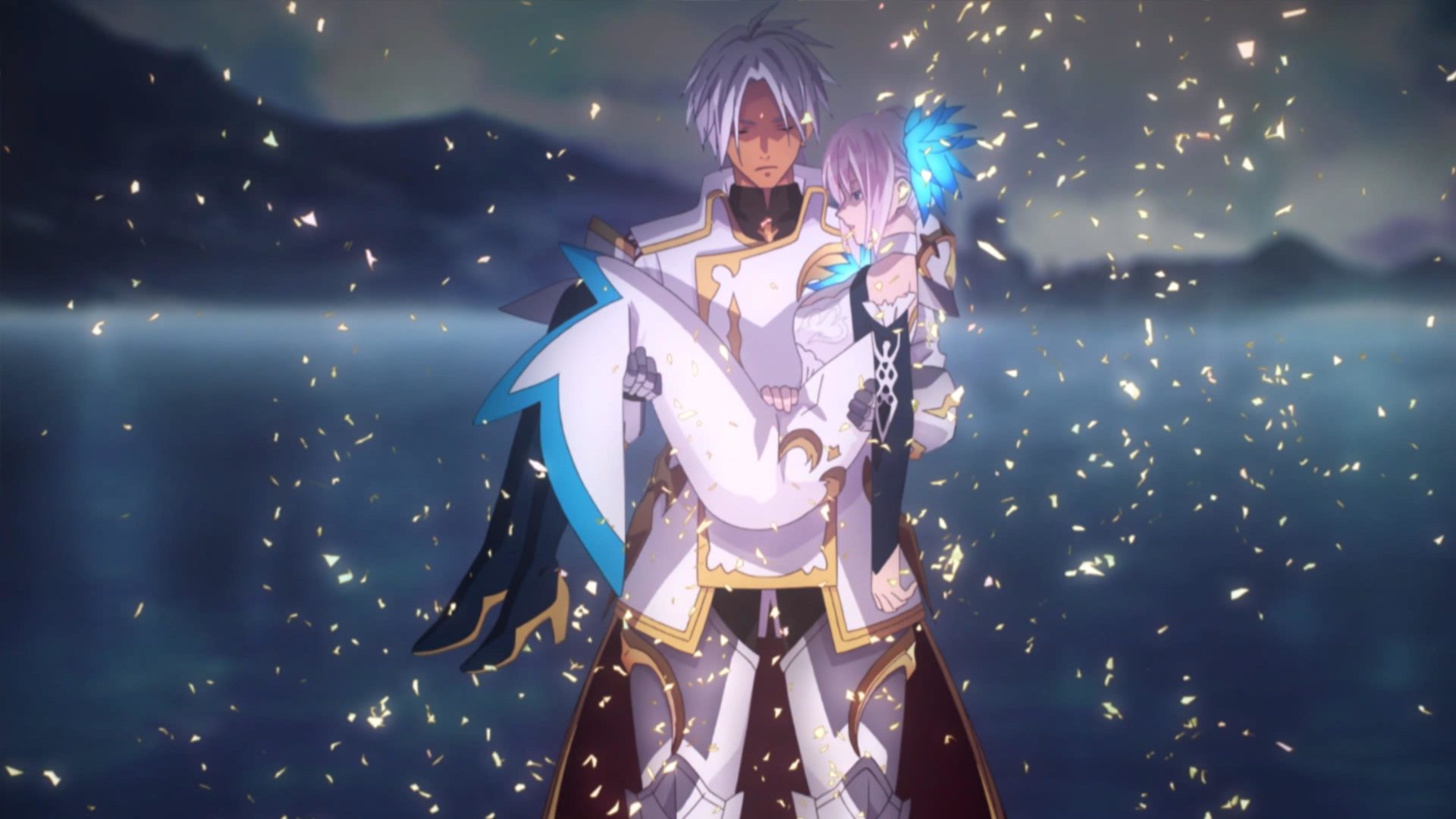
Kindness and Cruelty Exists On Both Sides
I appreciate Tales of Arise for the story it wanted to tell and the themes it wanted to share. It is important to know that although there is good and evil that exists in life but there is also the bigger web behind it that sometimes agonizingly complicates what’s supposed to be easy. A shame though that as with real life sometimes that message can easily be muddled in the noise that accompanies it.
My last experience with the Tales series was I think Tales of the Abyss which honestly did not hold my attention long enough to finish it. Moving forward though I think I am going to be paying more attention to this series as for all the faults that Tales of Arise has, it still provided me with that feeling of satisfaction from finishing a good JRPG. I may not be on the same page as other reviews in saying it’s a perfect or great game, but it is a very good game nonetheless and is a recommended buy.
